Joseph and Martha Doughty

Imagine you went shopping in Georgian York – over 200 years ago. What could you buy?
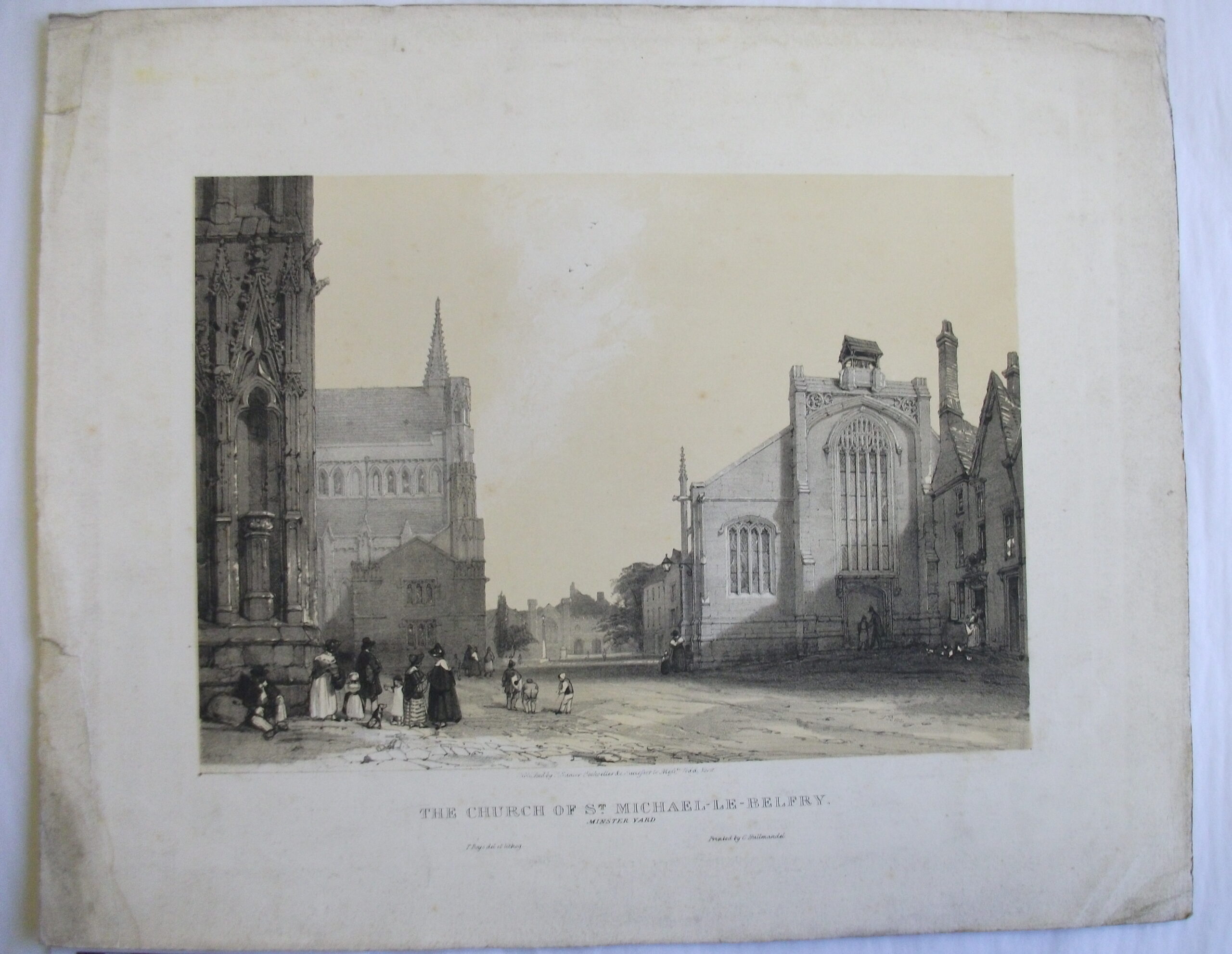
If you went to Minster Yard, you could visit the shop of Mr Joseph Doughty. In 1790, he took out an advertisement in local newspaper the York Herald, promoting a wide range of novelties. He sold:
‘angling equipment… ink stands, canes, whips, walking sticks and umbrellas, combs, ivory, bone and wooden toys, hygrometers, barometers, fans, fan mounts and fan sticks.’
Nowadays Joseph Doughty is well known – among antique dealers and specialists – for his spinning wheels. But he didn’t sell wheels for women who needed to work for a living. Doughty sold luxury textile tools, the kinds of spinning wheel used by wealthy women.
While these women didn’t need to work, there was considerable social pressure for them to be ‘industrious’. That meant they needed to use their time in productive ways, and one way to be industrious was to spin. We know that some wealthy women enjoyed textile work, some using it as a creative outlet, while some women didn’t enjoy it at all but did it because they were expected to.
Doughty’s luxury textile tools were very popular. We have two examples on display in the York Makers section of the exhibition Secrets of Dress: a spinning wheel and a wool winder.
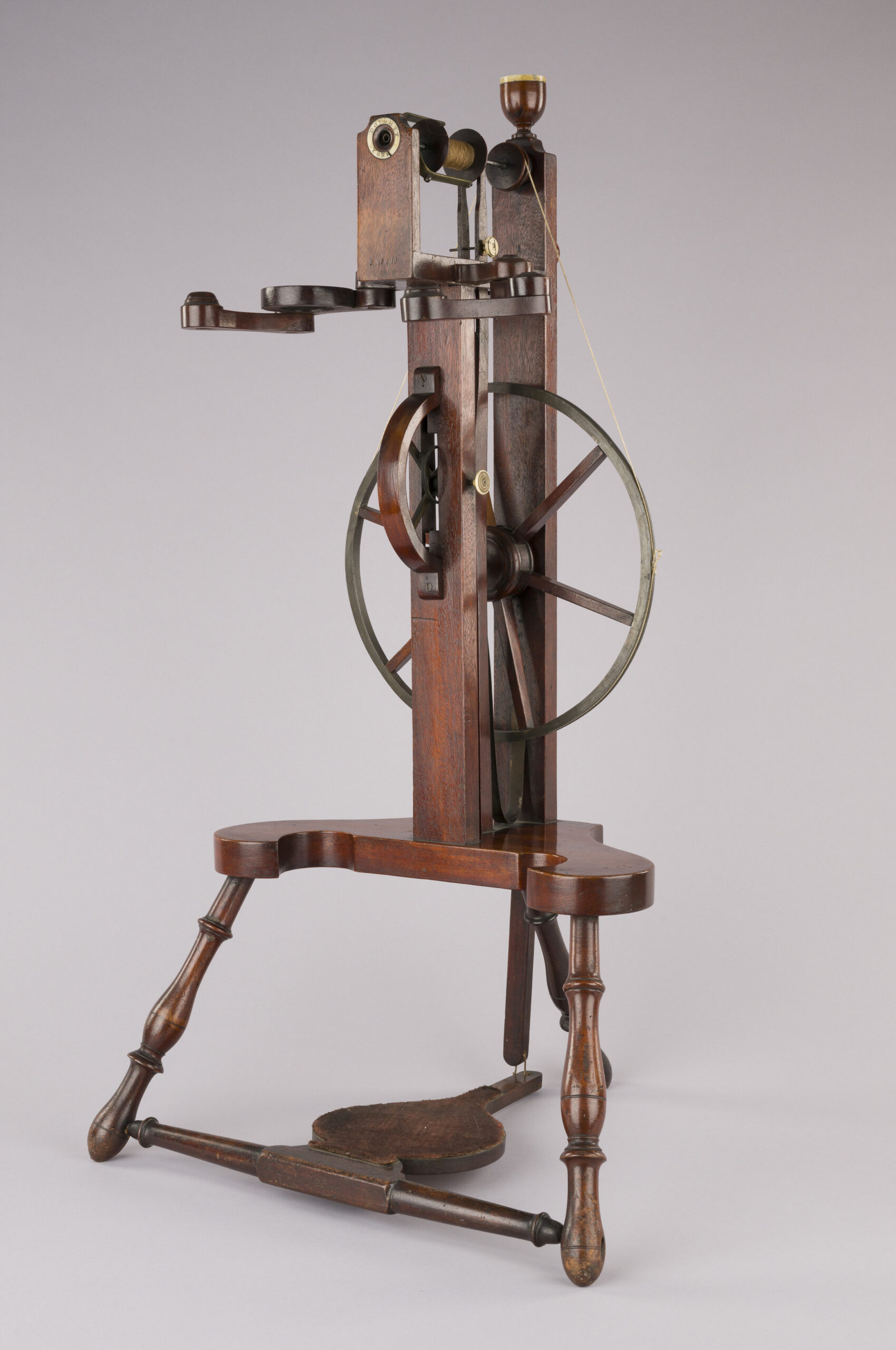 .
. 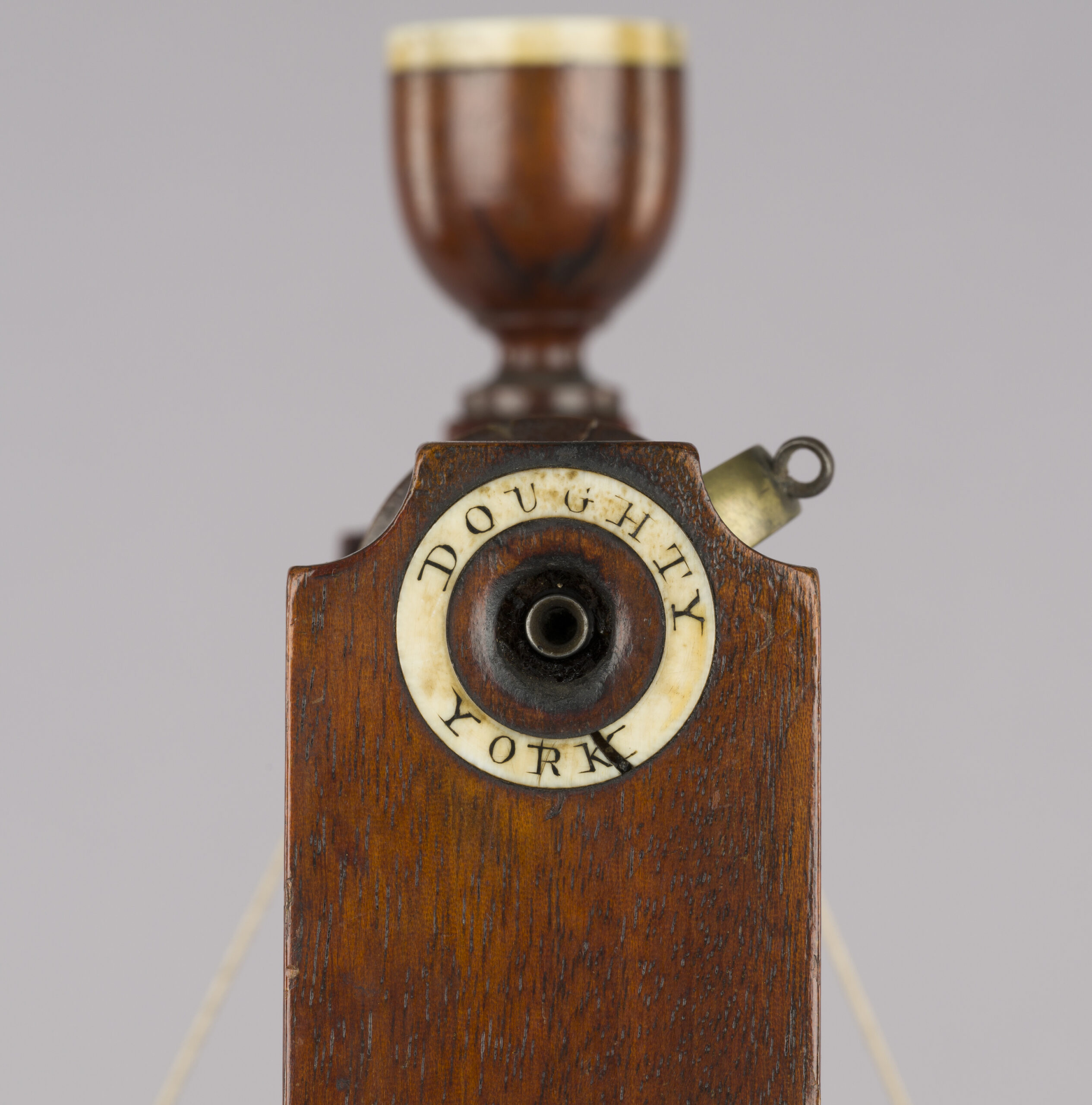
The spinning wheel is designed to spin flax into linen thread; there’s still some on the bobbin at the top. We know it was made for linen because it has a little cup attached, the part that looks like an egg cup. This was made to hold water. Linen is made from the bast fibres of the flax plant – the long, strong fibres inside the stem that help the plant stand upright. Flax is far easier to spin if it’s damp, so the spinner would have dipped her fingers in the cup to wet them as needed.
The wool winder is designed to help a person wind up freshly spun woollen thread so that it doesn’t tangle. It also helps people to calculate how much yarn they’ve spun – all you do is multiply the length of thread taken to go once around the winder by the number of revolutions needed to wind all the thread.
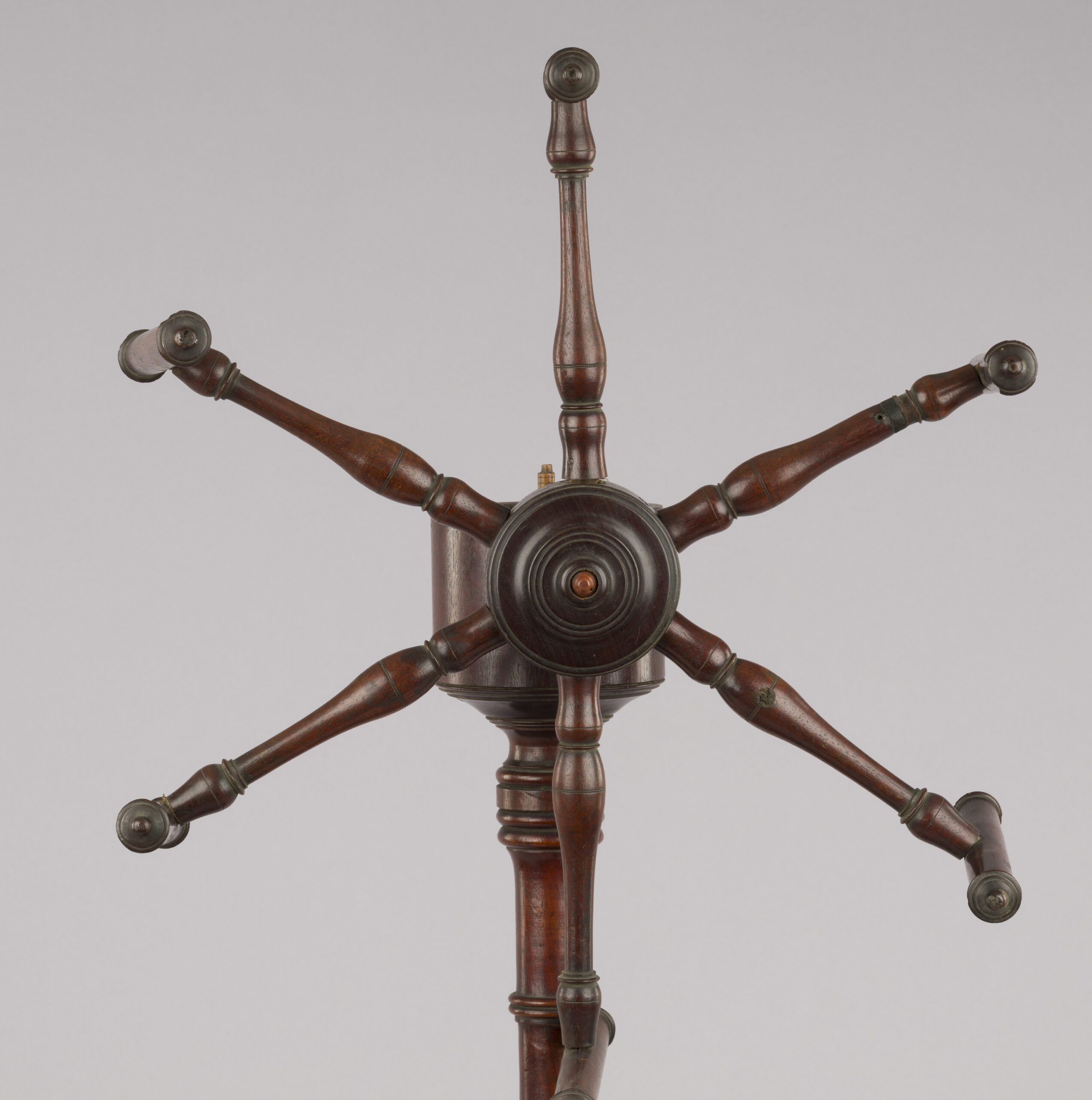
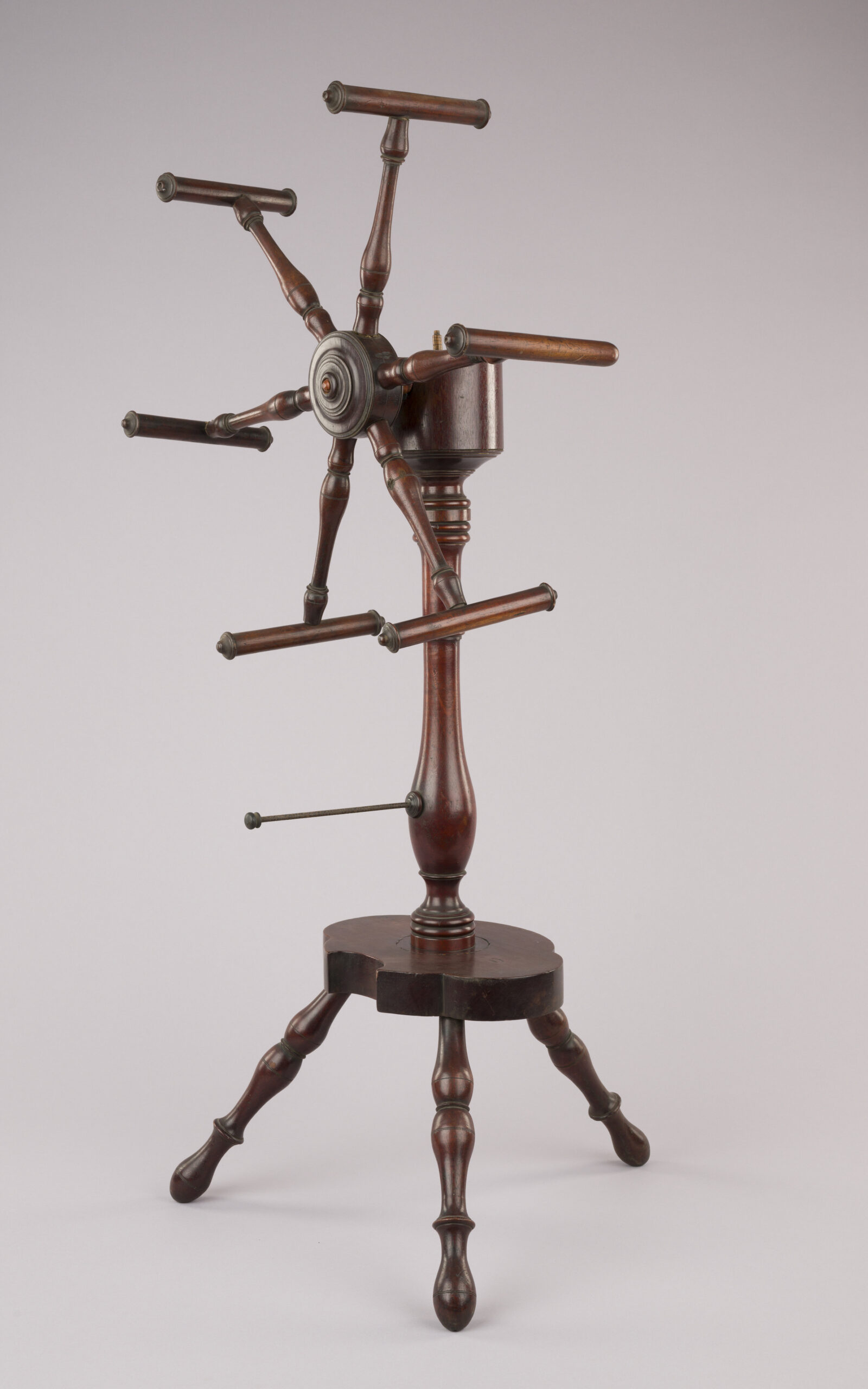
Thanks to the work of Valerie and David Bryant, we know a lot about Joseph Doughty and his family.
He inherited the shop from his parents in 1786. A year later, he married 18-year-old Martha Parker from Askham Richard, just outside York. He was 32 at the time. They got a special licence to marry quickly because Martha was already pregnant with their first child.
Working in Minster Yard had some benefits, but it also had limitations. At the time, York was divided into different areas controlled by different traditional authorities. The Corporation of York governed most of the city, but the area around York Minster came under the control of the Archbishop of York. In order to run a business in the area controlled by the Corporation of York, you had to be a Freeman of York. This cost a one-off payment of £25, around £2000 in today’s money. In 1795, Joseph paid the fee and became a Freeman. This allowed him and Martha to move their business to 6 Coney Street, in the commercial heart of York.
Joseph died in 1801 when he was only 47. He left Martha with their four children – the youngest was only nine months old. Like many widows, Martha continued the business. She ran it by herself until 1813 when she married Joseph Marshall. After that, she changed the name of the business, but she didn’t name it after her new husband. The business continued as ‘M Marshall (late Doughty)’ and she described herself as a ‘Turner, Cabinet Manufacturer &c’. Martha continued to be heavily involved in the business until she retired in 1824.
Read more in ‘Joseph Doughty, a York Spinning-Wheel Maker’ by Valerie and David Bryant (Regional Furniture, Vol 25: 2011), which can be found online here.

